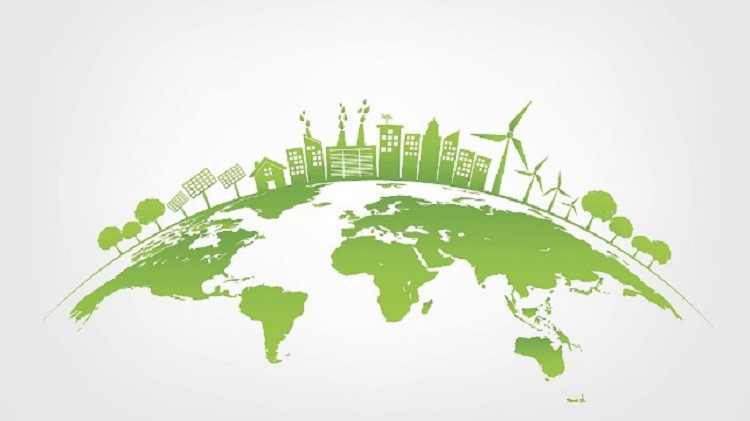
Experts at recent workshops and conferences discussing increased use of LNG repeatedly expressed concern about the lack of a legal framework for LNG imports-exports, gasified LNG provided power plants, and problems which pose risks and obstacles for LNG projects.
Dinh Trong Thinh, PhD, a lecturer at the Vietnam Finance Academy, has suggested that Vietnam should create a legal foundation for the building and use of infrastructure related to LNG, including legal regulations, technical standards, and regulations, commercial and financial regulations, so that international and private investors are confident about developing LNG-fired power projects.
Thinh stressed that it is necessary to complete a legal framework and management scheme for LNG-fired power projects under the mode of IPP in order to facilitate financial arrangement for multi-billion dollar LNG-fired power projects.
Nguyen Huu Luong, a high ranking expert of the Vietnam Oil and Gas Institute, said there are four LNG development trends which Vietnam should pay attention to.
First, small-scale LNG. Previously, experts believed that LNG projects must have large scale to ensure investment efficiency. For example, an LNG tanker needed to have a capacity of 120,000-170,000 cubic meters, or even 300,000 cubic meters.
However, not all markets need large volumes of LNG, and there are many positions and harbors not suited for high-tonnage tankers to access. Therefore, new technologies have been developed which produce and transport LNG on a small scale, but still ensure effectiveness.
Small-scale LNG projects and plants produce LNG with a liquefaction/gasification capacity of 0.05-1 million tons per annum, and LNG tankers with a capacity of under 60,000 cubic meters (the most common capacity is 10,000-20,000 cubic meters). Small tankers can carry LNG to small power plants for direct use, skipping the process of re-gasification.
Second, the carbon-neutral LNG. LNG is still a fossil fuel because it is originated from natural gas, and it will produce emissions when it is used. The concept ‘carbon-neutral LNG’ is understood as collecting and storing CO2 generated during the LNG production/use process, not letting CO2 go to the environment. Advanced technologies allow to retain up to 90 percent of emissions.
Third, using co-firing technology. At LNG-fired or gas-fired power plants, instead of burning 100 percent of LNG or natural gas, they burn LNG and hydro at the same time to reduce emissions.
Fourth, the blue-hydrogen trend. Blue-hydrogen is hydro generated from fossil sources, but CO2 is not discharged into the environment.
Tam An